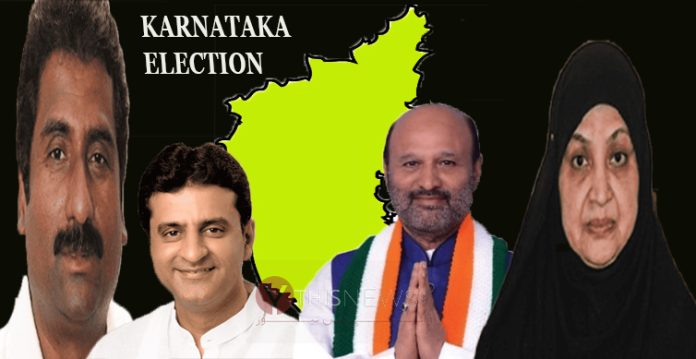Despite a population of over 13% Muslims in the state, only nine members from the community have been elected to the Karnataka Vidhan Soudha as MLAs for the term 2023-2028, a slight increase from the previous term. This brings the Muslim representation in the assembly to just 4%, out of a total strength of 224. Notably, all nine Muslim candidates who won the election are from the Congress party, while the JD(S) failed to secure any seats despite fielding 23 Muslim candidates.
In 2008, the assembly had nine Muslim members, which increased to 11 in 2013, with two from the Janata Dal (Secular) and the rest from the Congress. Despite the AIMIM’s attempts to form an alliance with the JD(S), they only contested two seats and failed to win any. The SDPI, which fielded 16 candidates, including 11 Muslims, was also unsuccessful in winning any seats.
The elections were held amidst major issues concerning the Muslim community, including the Hijab row and the cancellation of the 4% reservation. While the increase in Muslim representation in the assembly is marginal, it remains to be seen how their voices will be heard on the issues affecting them in the coming term.
Despite the low representation, Muslims account for over 30% of the electorate in at least 19 seats in the state. The successful Muslim candidates in the elections are Asif (Raju) Sait from Uttar Belgaum, Kaneez Fatima from Uttar Gulbarga, Rahim Khan from Bidar, Rizwan Arshad from Shivajinagar, NA Haris from Shanti Nagar, BZ Zameer Ahmed Khan from Chamrajpet, HA Iqbal Hussain from Ramanagaram, UT Khader Fareed from Mangaluru, and Tanveer Sait from Narasimharaja.
It is interesting to note that the highest number of Muslim MLAs in the state was 16 in 1978, while the lowest was two under the chief ministership of Ramakrishna Hegde in 1983. Although the number of Muslim MLAs has increased marginally from the previous term, the representation of the community in the Vidhan Soudha is still low. This is a matter of concern, especially given the current issues affecting the community in the state, such as the Hijab row and the scrapping of 4% reservation.
(This story has been sourced from a third-party syndicated feed, agencies. Raavi Media accepts no responsibility or liability for the text’s dependability, trustworthiness, reliability, and data. Raavi Media management/ythisnews.com reserves the sole right to alter, delete or remove (without notice) the content at its absolute discretion for any reason whatsoever.)







